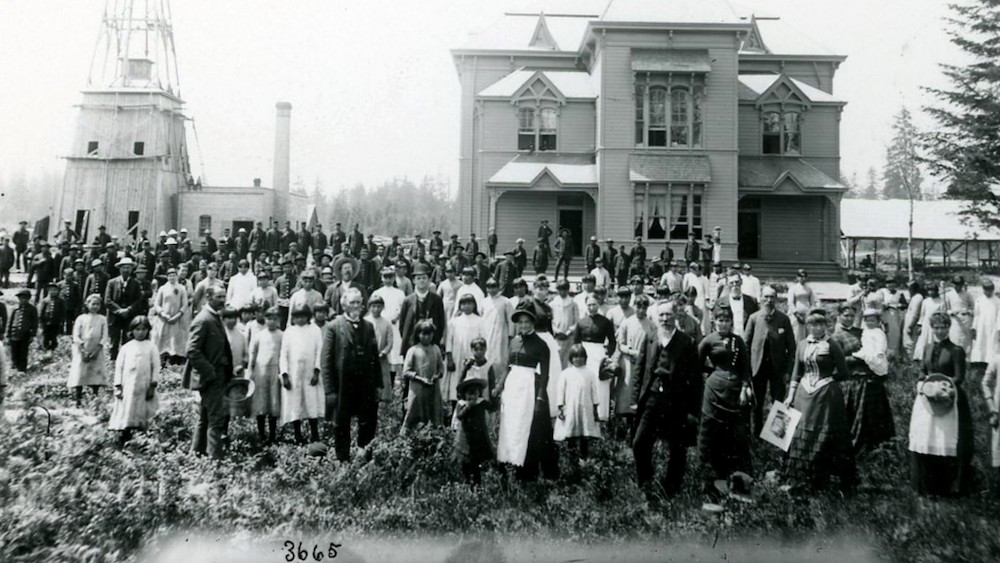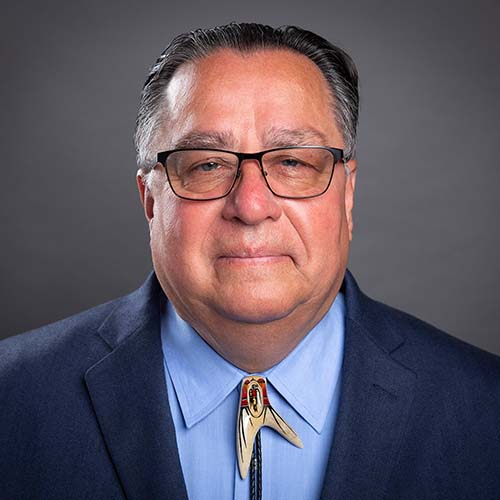
- Details
- By Jenna Kunze
This month, we’re compiling questions that our readers are asking us about Indian Boarding Schools and offering answers as reported by our team.
Today’s reader question about Indian Boarding Schools comes from Loretta O., who asked us:
What is the number of children buried at Chemawa Indian Boarding School?
Our reporter Jenna Kunze, who has written nearly half of our 100-plus stories about Indian Boarding Schools, provides this answer.
According to Native News Online's interview with the expert who has been surveying the grounds of Chemawa Indian Boarding School in central Oregon for eight years, the school has at least 222 unmarked graves belonging to Native children.
In January, Native News Online interviewed Marsha Small (Northern Cheyenne), a doctoral candidate at Montana State University who has been working with ground-penetrating radar for almost a decade. She is researching its use to locate and document deaths at two Indian boarding-school cemeteries: Chemawa Indian School, north of Salem, Ore., and another on-reservation boarding school in South Dakota.
Since 2014, Small has been surveying the cemetery at Chemawa, the longest-running Indian boarding school in the country. Opened in 1880, it is still operating today, now under the federal government’s Bureau of Indian Education. Through her work, Small located 222 unmarked graves, more than the 208 that records said existed there.
If you have a question about Indian Boarding Schools, please submit them to [email protected] or use the online form that can be found at the bottom of stories such as this one. Want to help us shine a light on the dark era of Indian Boarding Schools and their continued impact on Native families and communities today? Become a recurring donor for $5 or $10 a month, or make a one-time donation.
Tell Us What You Think
More Stories Like This
50 Years of Self-Determination: How a Landmark Act Empowered Tribal Sovereignty and Transformed Federal-Tribal Relations“Our Sovereignty Is Not Optional”: Tulalip Responds to ICE Actions
Denied Trip to Alcatraz, Leonard Peltier Tells Sunrise Gathering: “My Heart Is Full”
‘Meet your prayer halfway’ | Women-Led Bison Harvests Bring Tribal Food Sovereignty
San Manuel Tribe Reclaims Ancestral Name, Faces Vandalism on Holiday
Help us defend tribal sovereignty.
At Native News Online, our mission is rooted in telling the stories that strengthen sovereignty and uplift Indigenous voices — not just at year’s end, but every single day.
Because of your generosity last year, we were able to keep our reporters on the ground in tribal communities, at national gatherings and in the halls of Congress — covering the issues that matter most to Indian Country: sovereignty, culture, education, health and economic opportunity.
That support sustained us through a tough year in 2025. Now, as we look to the year ahead, we need your help right now to ensure warrior journalism remains strong — reporting that defends tribal sovereignty, amplifies Native truth, and holds power accountable.
 The stakes couldn't be higher. Your support keeps Native voices heard, Native stories told and Native sovereignty defended.
The stakes couldn't be higher. Your support keeps Native voices heard, Native stories told and Native sovereignty defended.
Stand with Warrior Journalism today.
Levi Rickert (Potawatomi), Editor & Publisher

